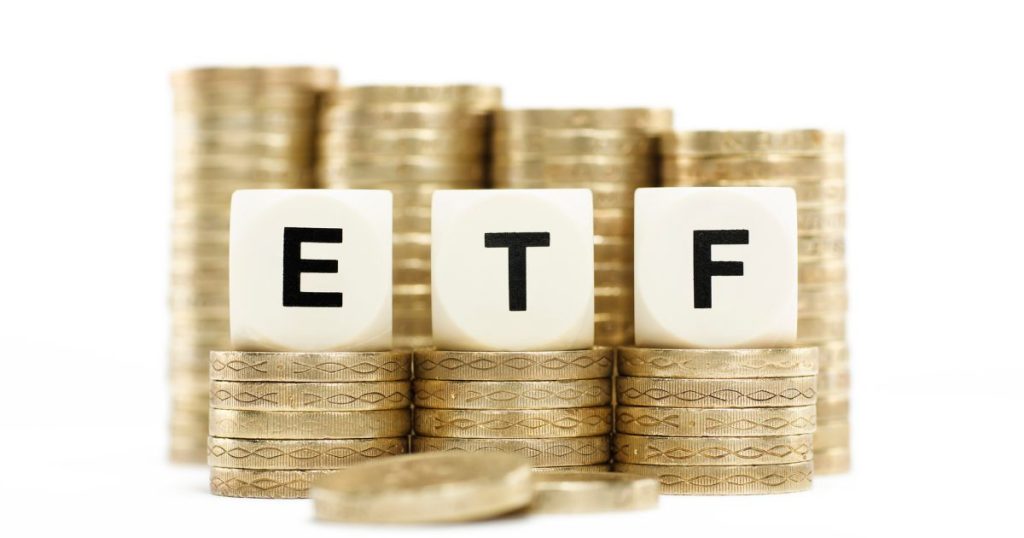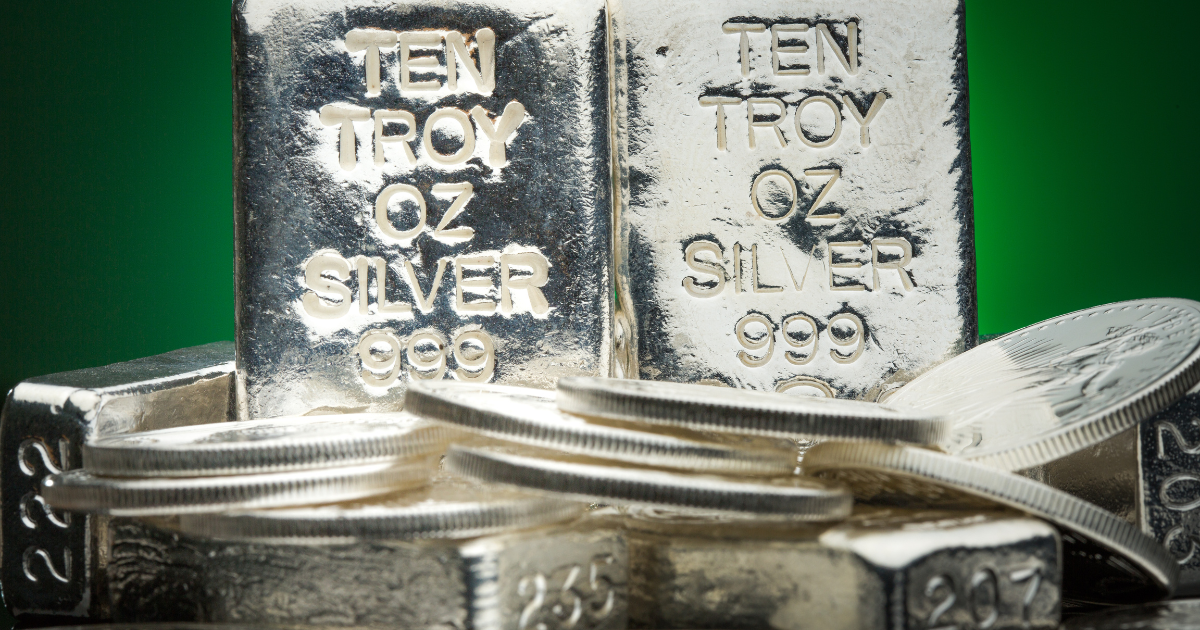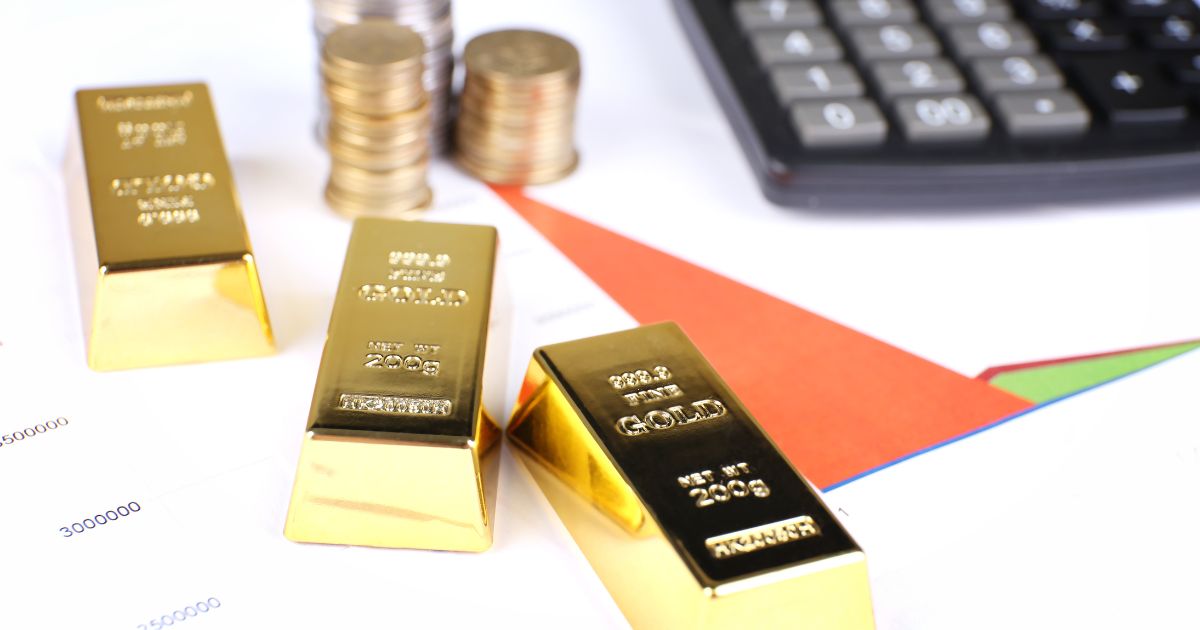How To Invest in Gold ETF

ETFs have transformed access to entire markets in a way that suits both experienced and beginning investors alike. As you’ll read, gold ETFs allow people to simply and affordably gain exposure to gold prices through familiar trading accounts.
By backing each unit with physical reserves, major gold ETFs traded here in Australia instill the same qualities of gold as an investment, without the headaches of storage or security. Within these pages you will find explanations of what gold ETFs are, why investors utilise them, and the various types available.
You’ll also learn that handling gold ETFs follows the same straightforward process as trading other securities. Whether seeking to balance risk, preserve wealth, or profit from gold over the long-term, this comprehensive guide aims to equip you with the insights needed to determine if including gold ETFs fits within your objectives.
What is a gold ETF?
Have you been thinking about protecting your savings from inflation by adding gold to your investment portfolio? If you don’t want to deal with storing physical gold bars or coins, an easier option is investing in gold exchange traded funds, also called gold ETFs.
A gold ETF is a type of exchange traded fund that aims to track the price of physical gold. It allows investors to gain exposure to gold without having to buy and store the physical commodity. Some gold ETFs, like those available on the Australian Securities Exchange (ASX), actually hold assets like gold bullion in a vault to back each unit that is bought and sold.
This means when you purchase an ETF unit, your investment is underpinned by gold stored in the vault. Gold ETFs traded on the ASX, such as QAU from Betashares, give Australians an easy and low-cost way to invest in gold without leaving home.

Why invest in gold ETFs?
There are several reasons why adding gold to your investment portfolio through gold ETFs can be a wise strategy:
- Gold is seen as a store of value and hedge against inflation. When prices are rising broadly across the economy, gold has historically held its value well and often appreciated.
- It adds important diversification benefits. Gold prices don’t always move in the same direction as stocks or bonds. Gold ETFs can help cushion your portfolio during periods where other assets may be performing poorly.
- Demand for gold typically remains strong over the long-term. Not only is gold used for jewellery, but it also has many industrial and technological uses that support steady demand growth over time.
- As a commodity with finite and difficult-to-access reserves, gold remains a sought-after investment when geopolitical and economic uncertainty rises. Many investors see gold as a “safe haven” asset.
- Gold ETFs are much more convenient than physical gold, allowing you to easily buy, sell or hold gold from the comfort of your online brokerage account. You don’t have to worry about storage or pay brokerage on heavy gold bars.
Five reasons to consider adding gold to your investment portfolio
Aside from the benefits of accessing gold through convenient gold ETFs, here are five compelling fundamental reasons why simply adding gold to a balanced portfolio could be beneficial:
- Diversification – As mentioned, gold prices often move independently from stocks and bonds, making it an important diversifier that can help stabilise returns when other assets decline.
- Inflation hedge – Whether due to money supply increases or cost pressures, gold has historically held its value well during periods of rising inflation when paper currencies lose purchasing power.
- Safe haven status – When geopolitical or economic turmoil occurs, such as during wars or steep stock market sell-offs, gold is frequently one of the few assets that retains its value or appreciates as investors seek safe havens.
- Supply and demand dynamics – Though mining output rises each year, above-ground gold reserves accumulate due to frugal recycling. Demand looks set to increase longer-term from technology and Asia’s growing wealth.
- Tangible asset – Unlike “paper” money, stocks or bonds, physical gold is a tangible asset independent of counterparty risk from any institution, making it appealing during times of economic or political stress.

Types of gold ETFs
There are a few different types of gold ETFs that investors can use to access gold through their trading accounts:
- Physical gold ETFs – These ETFs aim to directly track the spot price of gold by actually holding physical gold bars in a secured vault on behalf of unit holders. Examples on the ASX include QAU from Betashares.
- Gold miners ETFs – For those seeking equity-like exposure, ETFs invest in a basket of globally diverse gold mining stocks, offering indirect access to gold prices through company performance. One example is MNYR from Betashares.
- Currency hedged ETFs – These aim to remove the impact of currency fluctuations between the US dollar and Australian dollar on gold returns. Both QAU and MNYR offer currency hedged unit classes.
- Leveraged gold ETFs – For experienced traders seeking magnified short-term price exposure, 2x or 3x daily leveraged ETFs are available, though these are very high risk.
How to invest in gold ETFs
Investing in gold ETFs is simple and can be done quickly online. Just as with shares, follow these steps:
- Open an online trading account with a brokerage like CommSec, CMC Markets or SelfWealth. No account fees apply in most cases.
- Transfer funds into your new account, usually with a bank transfer or BPAY.
- Use the broker’s website or app to search for and buy the gold ETF units you want, such as QAU. Choose market or limit orders as with shares.
- Your ETF units will appear in your portfolio shortly after purchase.
- To sell your gold ETF holdings, just log back into your account and lodge a sell order. The proceeds will be deposited back into your linked bank account.
- Consider automating regular purchases of gold ETFs over time with dollar cost averaging to consume inflation risk.
Conclusion
Gold ETFs provide a straightforward, cost-effective way for Australian investors to add gold to a diversified portfolio without the burdens of storing physical bullion. Major gold ETFs traded on the ASX, such as Betashares QAU, are backed by real gold reserves and allow prices movements to be accessed through any regular online brokerage account.
With gold playing an important role as an inflation hedge, portfolio stabiliser, and safe haven asset, gold ETF investment should be considered by those seeking to balance their holdings and smooth long-term returns. When purchased as part of a broader strategy and held for the long-term, gold ETFs can deliver valued diversification benefits to investment portfolios in a simple, hassle-free manner.
Categoriesss
Latest Posts
-

Digital Gold vs. Physical Gold: A Comprehensive Guide
March 1, 2024 -

How is Gold Mined in Australia: A Deep Dive into the Extraction Process
February 21, 2024 -

How To Get The Most Money For Your Gold Jewellery
February 15, 2024 -

Beginner’s Guide on How To Sell Silver in Australia
February 7, 2024 -

How To Invest in Silver in Australia For 2024?
January 31, 2024 -

How Gold is Tested? All You Need To Know
January 25, 2024 -

Gold Bullion and SMSF – All You Need To Know
January 19, 2024 -

Cast Bars vs Minted Bars – Clear Comparison
January 10, 2024 -

What is Platinum?
January 2, 2024 -

How To Invest in Gold ETF
December 21, 2023 -

The Largest Gold Nuggets Ever Found
December 18, 2023 -

What is Digital Gold and How Does it Work?
December 13, 2023 -

Best Ways To Invest in Gold in Australia
December 7, 2023 -

How Much Gold is There in the World?
November 29, 2023 -

Where and How To Store Gold and Silver?
November 23, 2023 -

The Relationship Between Gold and Inflation Over the Australian History
November 16, 2023 -

How Does Gold Refining Work?
November 9, 2023 -

Gold Bars vs Gold Coins: What Should You Buy?
November 1, 2023 -

Know The Cheapest Way To Buy Gold
October 25, 2023 -

Why Invest in Gold? Top Reasons to Consider
October 18, 2023 -

How Much Gold Can You Buy Without Reporting in Australia?
October 15, 2023 -

The Best ASX Gold Stocks in Australia For 2023
October 9, 2023 -

Top 10 Australian Gold Mining Companies in 2023
October 5, 2023 -

How to Sell Jewellery in Australia?
October 4, 2023